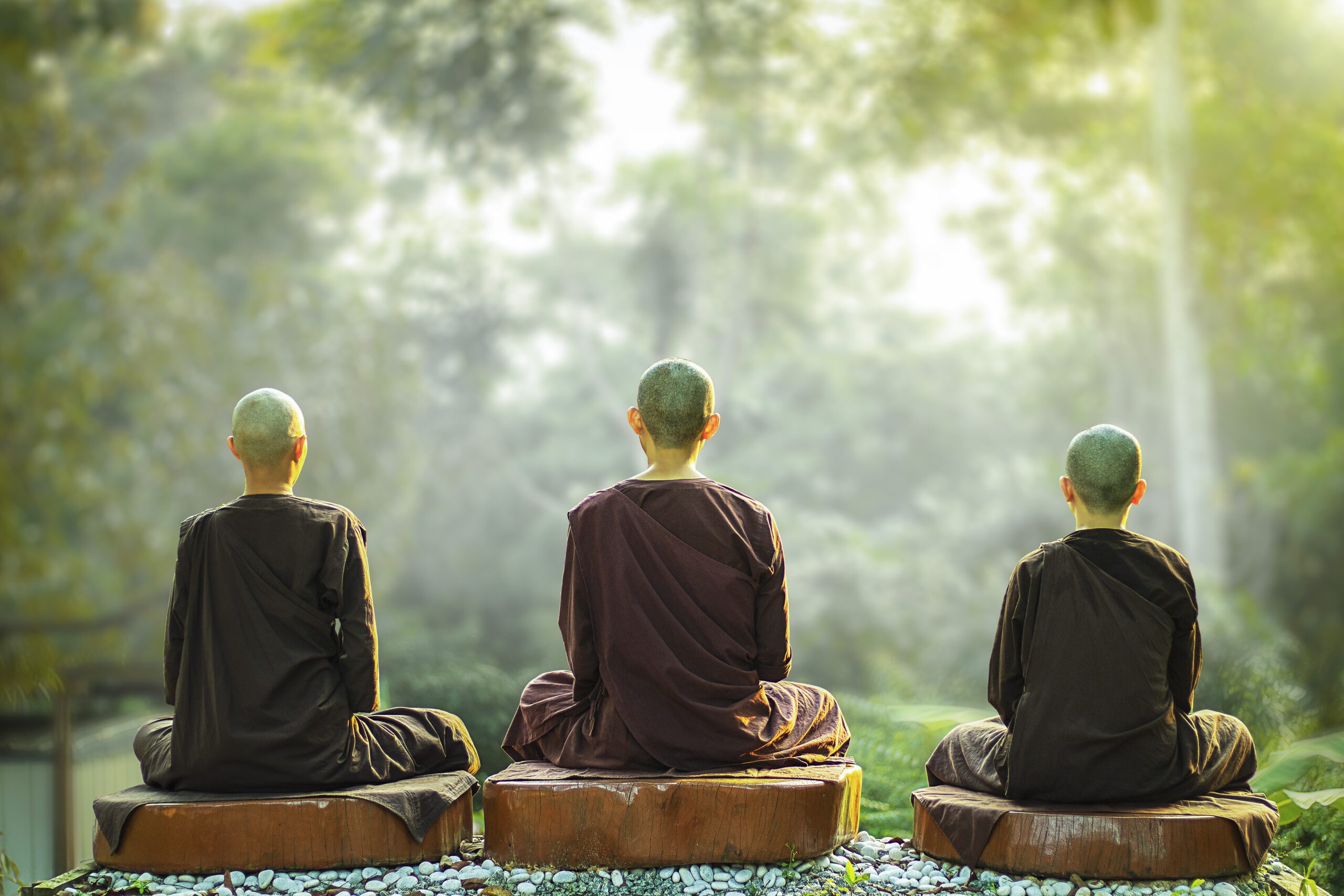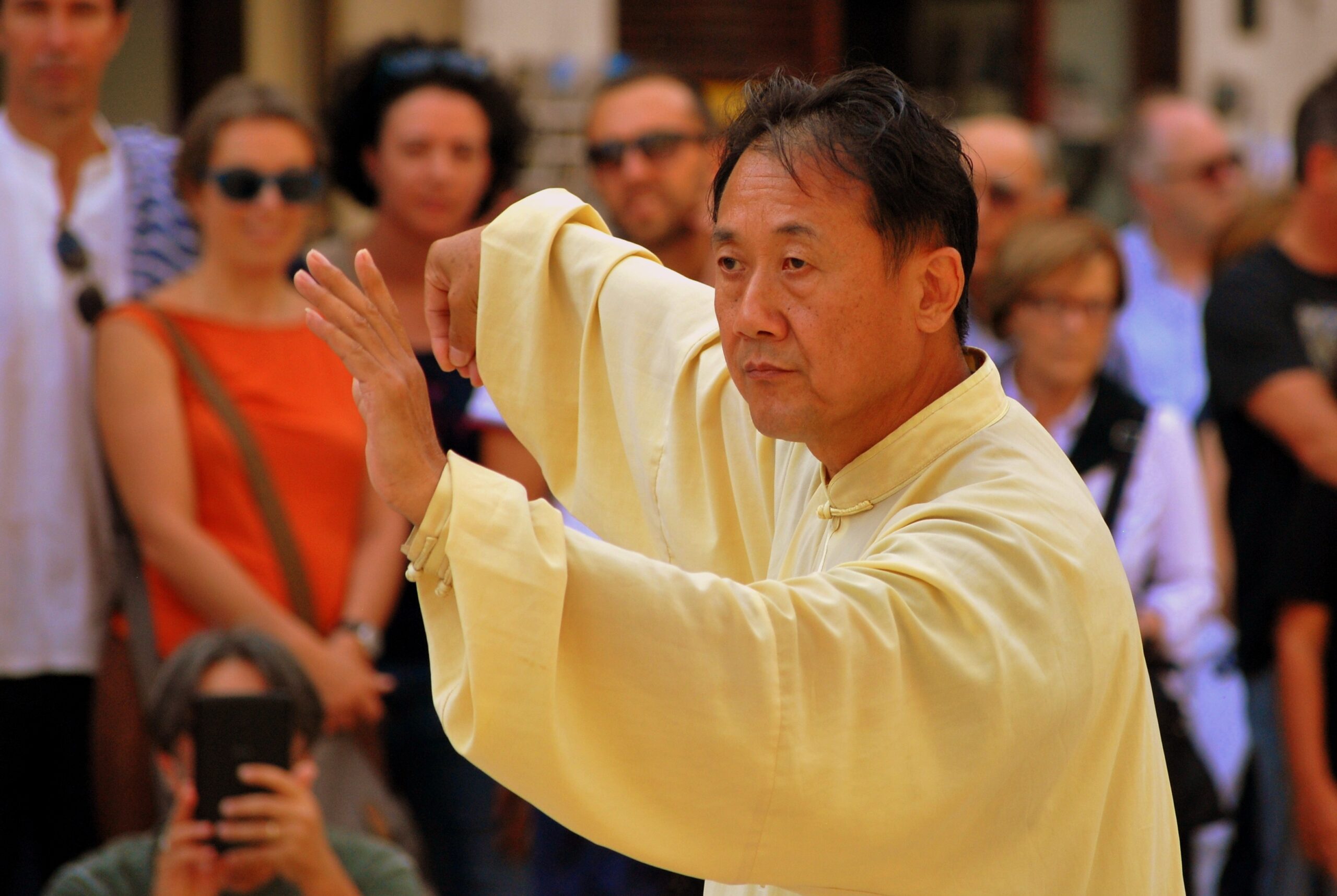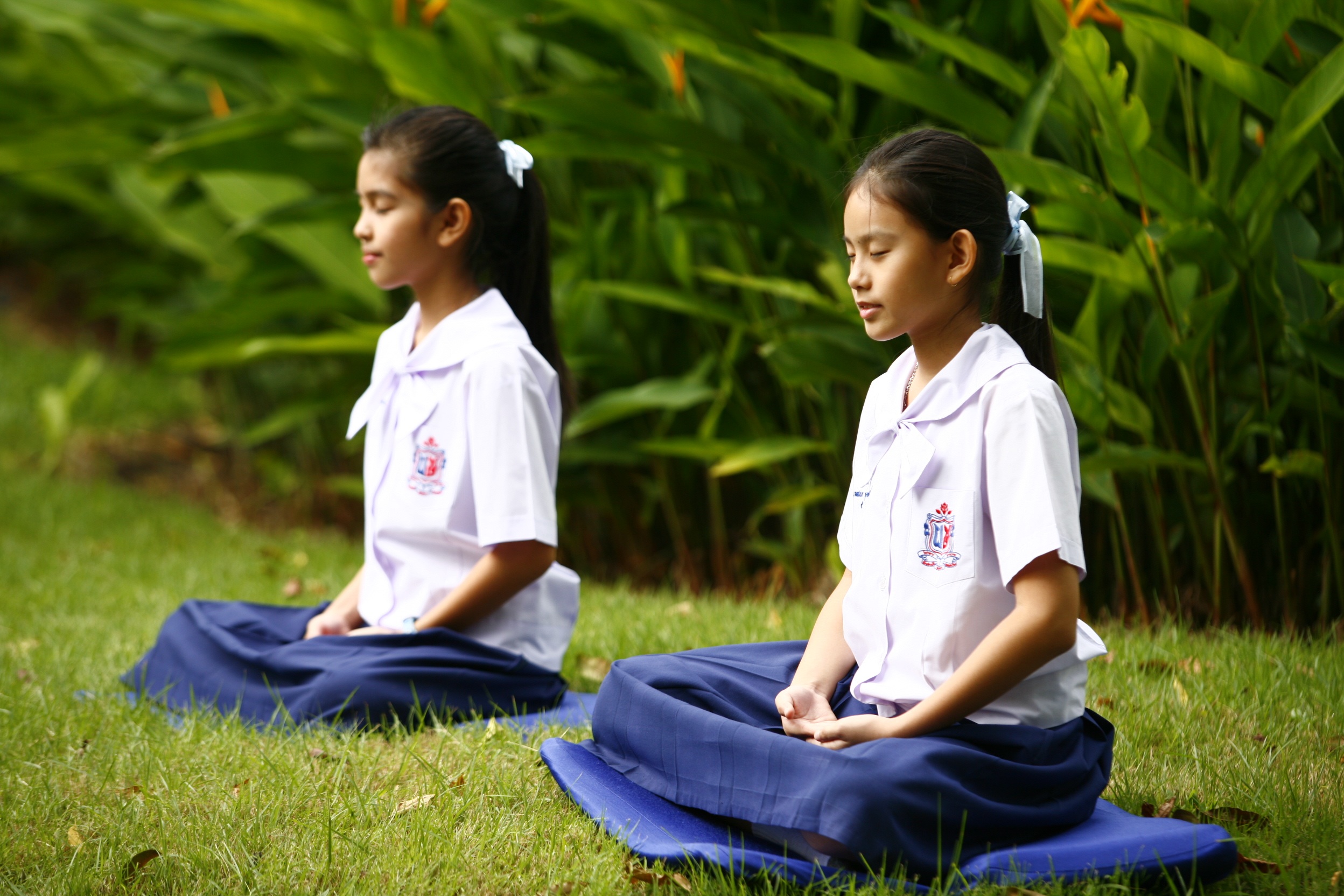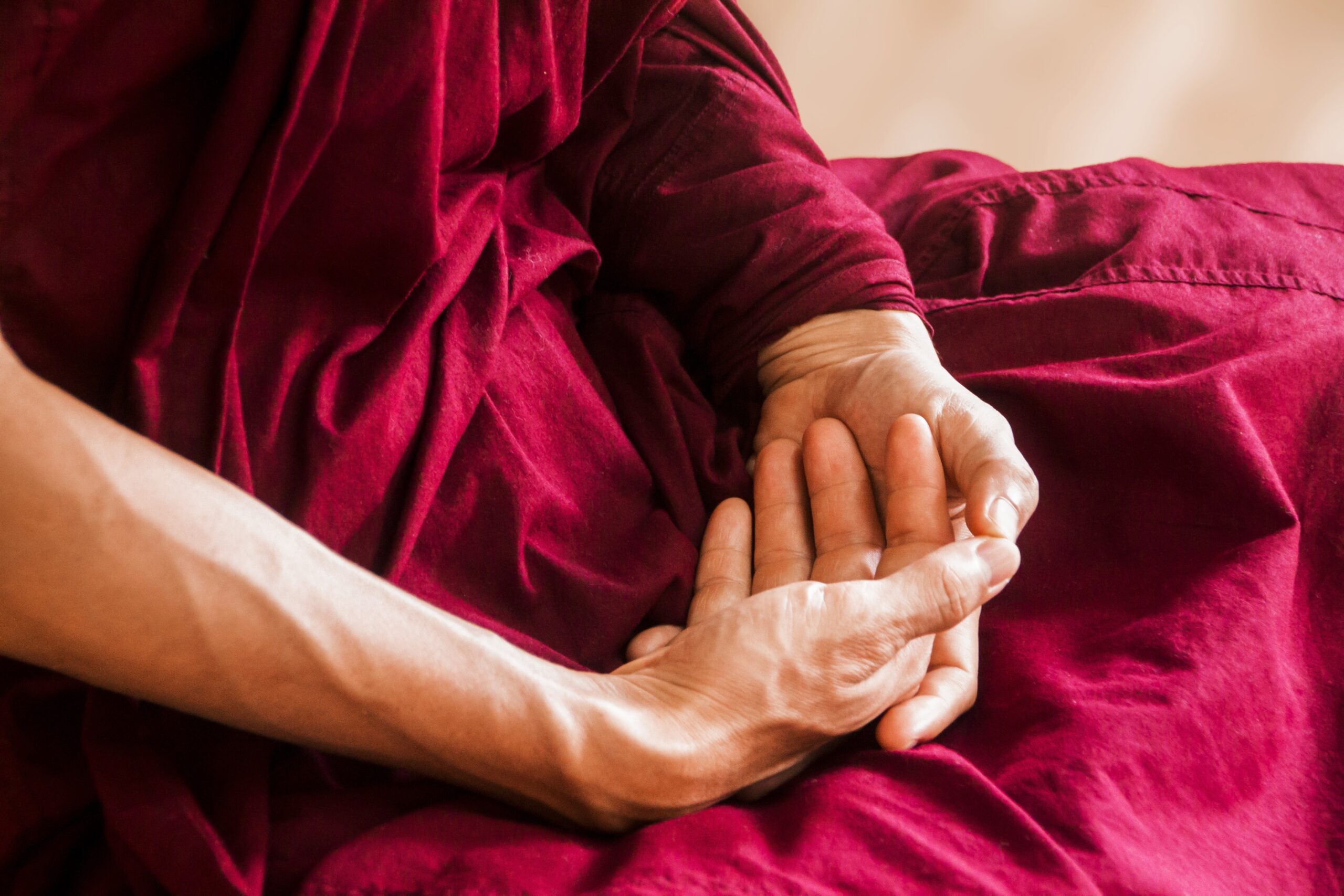When my uncle said he was dying of lymphoma, I was in shock: he looked strong, he was jogging two hours every morning and practicing tai chi chuan and qigong meditation in the evening — how could he be dying, let alone be sick?
When he was first diagnosed with Nonhodgkin’s Lymphoma, he was given five years to live. He never let on to the rest of us of his condition, but told us that the growth on his neck was a benign tumor.
Three times he went in for surgery. But because of the Chinese herbs he was consuming, he was able to maintain his strength and continue to lead a very active life teaching at a local university.
About ten years later with a recent third chemotherapy treatment behind him, he climbed the second tallest mountain in China, bathed in its frigid lake waters at subzero temperatures, and continued to train strenuously in tai chi qigong.
At a time when there was no cure for tuberculosis, my uncle was only a young teenager when he contracted the dreaded disease. Three years of tai chi qigong cured him completely, and he transformed from a sickly young scholar to the fittest individual in our extended family.
So how could something so small that the naked eye couldn’t even see, fell a man so vibrantly healthy in the prime of his life?
Twelve years after his first diagnosis, he called us from his home in Hong Kong to tell us he was in the last stage of the disease. The alternative health, tai chi qigong and aggressive cancer treatments all failed to keep the lymphoma away, and now it had metastasized.
For the first time I ever got to know this quiet man, my uncle spent a protracted length of time, explaining about his cancer to us, how he fought to keep us from knowing the truth, all the time hoping he could beat his lymphoma.
Still, I didn’t give into despair. I went online, and without a break, researched all the information I could find about Nonhodginkin’s Lymphoma and available cancer treatments. The more I read, the more it seemed hopeless. The average survival rate was five years, and there appeared to be no cure.
My uncle had survived twelve years, seven more than most had. If his highly trained physicians could not find a cure, who was I to think I could make a difference?
But with nothing to lose, I persisted, and thirty-six hours later, eyes red-rimmed with fatigue and from staring at the computer screen, I finally stumbled onto something: Pau d’arco tea, also known as taheebo or lapacho.
Brewed from the inner bark of the pau d’arco tree, it was used by natives in the South American rainforests to treat all kinds of disease, from infections, diabetes, high blood pressure and ulcers to eczema and psoriases, candida, and yes, even cancer.
Could this tree bark be the answer to our prayers?
I ordered five kilograms of high quality pau d’arco and had it priority shipped to my uncle. A few weeks later, my uncle called to say, after consuming the tea, his cancer had stopped spreading, and the pain had receded. He was drinking liters of this tea every day.
Since my uncle had already undergone seven chemotherapy treatments, we were unsure that this tea was enough to make a difference, but in just several weeks, my uncle’s lymphoma had stopped spreading. A few months later, three large tumors on his chest burst open and black pus ran out of them. My uncle dubbed this tea Shenxian Shui — “Waters of Immortality”!
Several months after drinking the tea, my uncle entered the hospital once again, this last time with acute pneumonia. Greatly weakened, his body had succumbed to the ravages of the chemotherapy and he passed away, not from the cancer that had finally been destroyed, but from the complications arising from his cancer treatments.
To this day, I believe had I known much earlier of his condition, had he been able to access this tea perhaps a year earlier, more than likely he’d still be alive today.
At his funeral, almost 10,000 colleagues, students, friends and family paid tribute to his memory, lining the streets with wreaths and flowers. Before his death, he wrote an article about his long battle with Nonhodgkin’s Lymphoma, which has now been published in a book and dedicated to all the victims of cancer and their families.
My uncle’s last request to us was that my then 99-year-old grandmother still living with us would never know of his cancer and subsequent death. My grandmother had grown quite deaf over the years, and a man of few words, my uncle rarely said more than a few words to her over long distance telephone. He hoped, therefore, to spare her the news of his dying.
While my uncle did not survive his fight with Nonhodgkin’s Lymphoma, I believe Pau d’arco ultimately gave him a fighting chance. I do hope it will give other cancer patients much much more.




